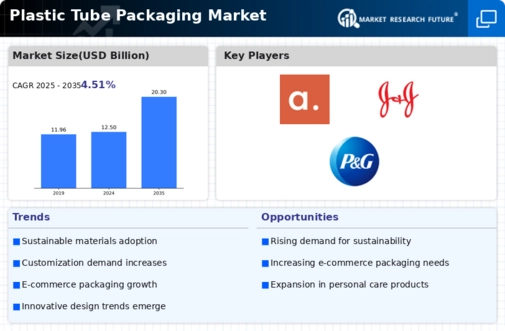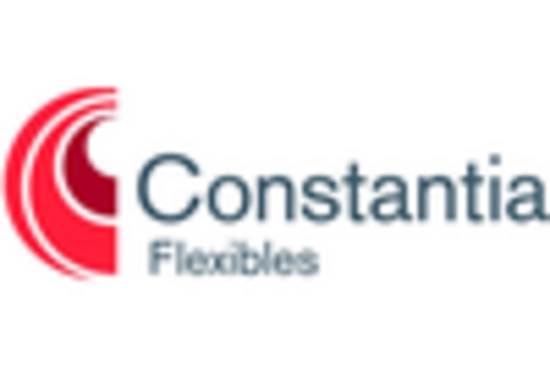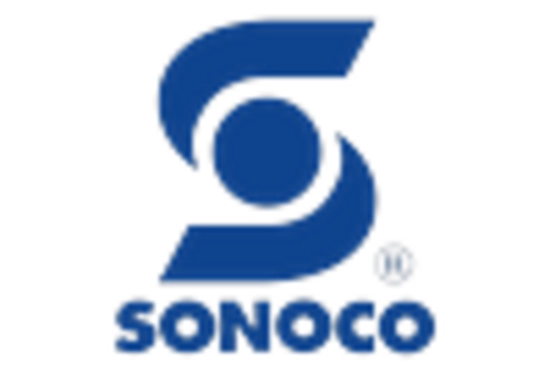Market Analysis
In-depth Analysis of Plastic Tube Packaging Market Industry Landscape
The global plastic tube packaging market is witnessing dynamic shifts due to multiple factors impacting its market dynamics. In recent years, significant growth has been seen due to the increased demand for convenient and sustainable packing solutions across various industries. One major driver of demand for plastic tube packaging is rising consumer awareness about the environmental effects associated with different types of packing materials used nowadays. In this regard, the industry is witnessing a shift towards eco-friendly packing approaches as sustainability becomes more important. Consequently, producers are now targeting recyclable and biodegradable plastic tube packaging alternatives in order to adapt to the evolving buyer preferences and regulatory requirements. Additionally, the growth of the plastic tube packaging market has also been accelerated by the cosmetic and personal care industry. The use of plastic tubes in these industries has been necessitated by the need for innovative and attractive packaging designs that would enable brands to develop visually appealing and customizable packages. Furthermore, technological advancements play an important role in the dynamism of the plastic tube packaging market. This has led to developments in materials as well as manufacturing processes that have given rise to cost-effective and high-performing package solutions. Manufacturers are using advanced technologies to improve the barrier properties of plastic tubes, thus maintaining product integrity and shelf-life. Continuous innovation is key to satisfying diverse packaging requirements across various sectors, hence driving market growth. The geographical landscape also influences the market dynamics as different regions exhibit different trends and preferences. This is due to urbanization, changes in consumer lifestyle, and increased disposable income, which drive the growth of demand for plastic tube packaging in emerging economies. Nonetheless, there are still some problems that face the plastic tube packaging market despite its growth patterns, such as environmental concerns related to the disposal of plastic packaging, thereby leading the industry to explore other materials and recycling initiatives. Moreover, manufacturers must grapple with raw material price fluctuations, which affect production costs and margins.

















Leave a Comment